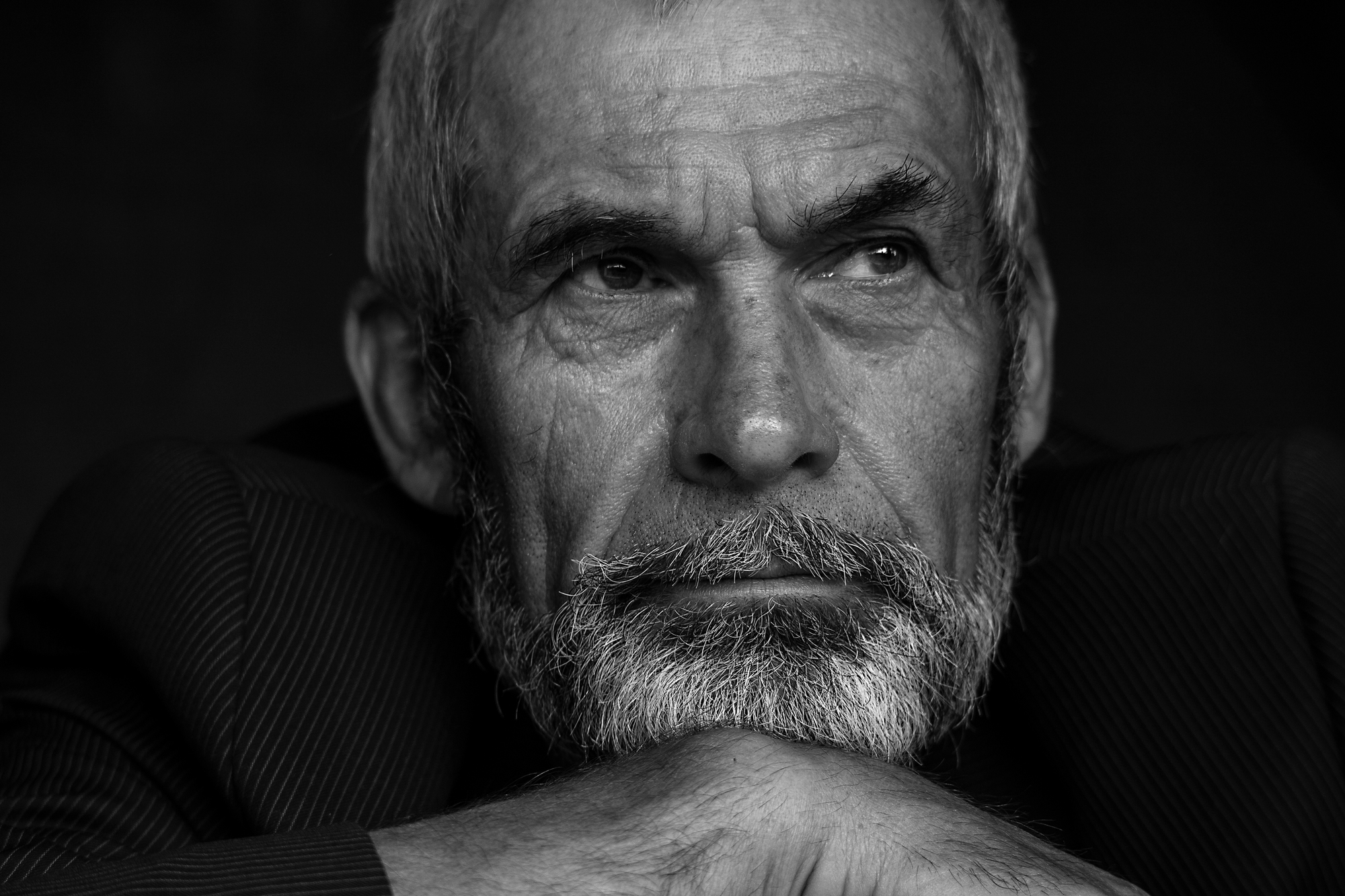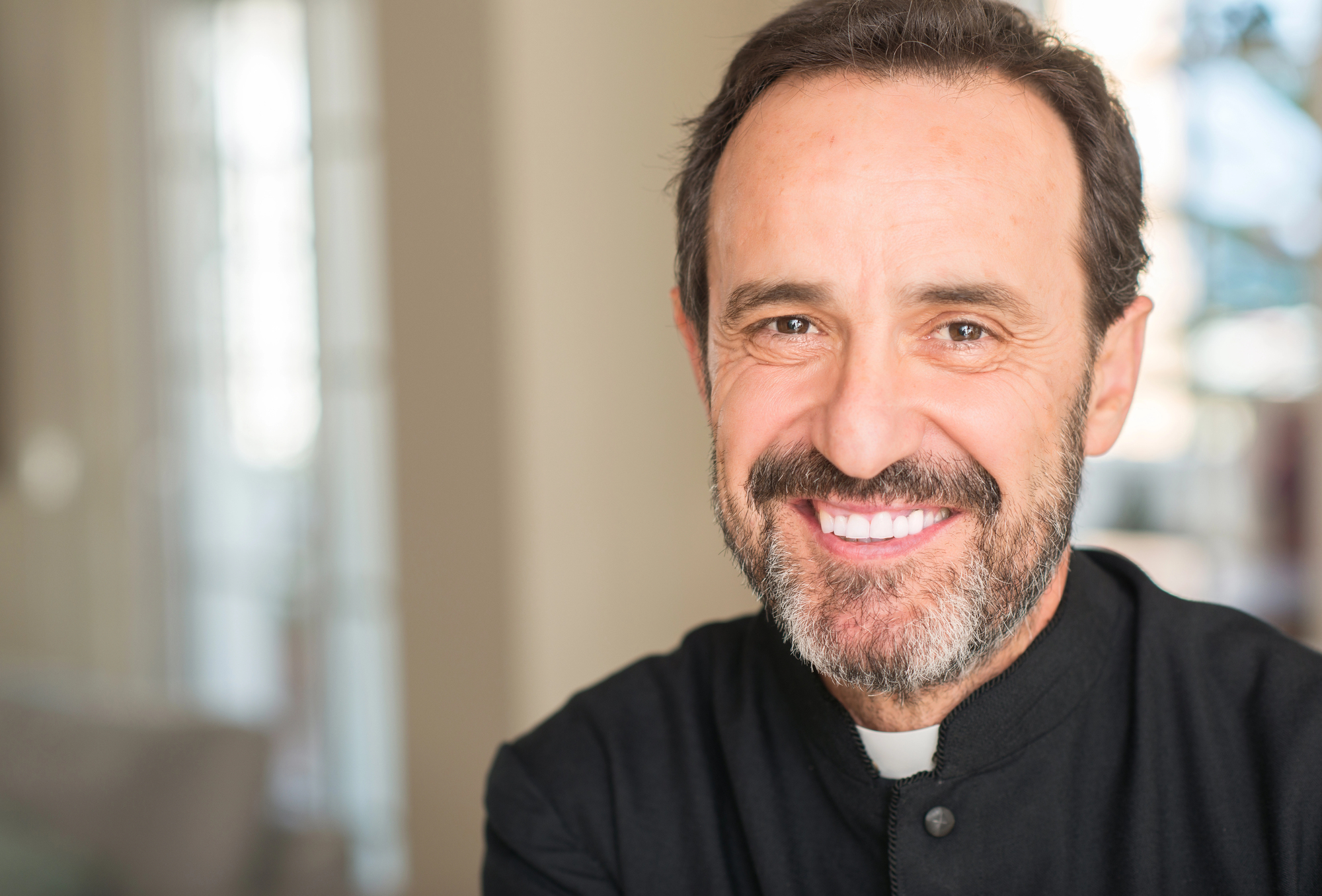These are the characteristics shared by truly wise people.

Every culture has stories of wise people, ranging from monks and spiritual leaders to philosophers and mountain hermits whom travelers would consult for advice. But what traits do the wisest people on Earth all have in common? Let’s take a look:
1. They listen far more than they speak.

We can’t listen or observe when we’re talking, because our attention is on flapping our jaws and making sounds. Wise people spend far more time listening to others, as well as the world around them, and taking note of the subtleties they hear—not just the words that are spoken to them.
2. They are perpetually curious.

For many wise people, one of their favorite words is “why?”. They’re curious about most things they come across, and they are just as interested to learn how electricity works as why some plant species are interdependent, or how to cook their favorite meals. Their perpetual curiosity keeps them mentally active and aware.
3. They tend to speak in more measured tones.

They know that there’s no hurry to get their point across, and that miscommunications often happen when a person speaks more quickly than they can think. As a result, they speak clearly, in a measured fashion, pausing regularly to gather their thoughts, so there’s little room for error or misinterpretation.
4. They’re unhurried.

They’ve learned time and time again that there’s no real rush to make anything happen. Unless they’re actively fleeing an erupting volcano, they know that life happens at its own pace, and they’ll get much further if they flow along with it, rather than hurrying it along to suit their own preferences.
5. They have a well-rounded worldview.

This can include knowledge of other cultures, customs, philosophies, and ideals, including those that are opposite to their own preferences. In fact, they may intentionally delve into topics that they disagree with in order to better understand the people whose ideas and beliefs conflict with their own.
6. They are not threatened by opposing ideals.

They prefer to debate and discuss subjects rather than become hostile, argue, shout, or demean anyone. Their search is for knowledge and the truth of the situation, rather than merely to “win” anything in the short term. Many of them welcome healthy debate, as clarity in discussion helps everyone involved.
7. They’re open to changing their stance on a subject if evidence arises to contradict their previously held views.

Instead of choosing a hill to die on about a subject they feel strongly about, they embrace new evidence as it arises and change their stance accordingly. It’s only logical and reasonable that they change their mind when faced with new information: to do otherwise would make them lose self-respect.
8. They don’t shoot first and ask questions later.

Many people are quick to make assumptions about situations, then take action based on those assumptions, and then feel bad when they turn out to be wrong. In contrast, wise people will observe, inquire, analyze, make an assessment, and then take action, thus reducing the chances of causing harm without just cause.
9. They are very slow to jump on any bandwagon, if at all.

They don’t get carried along with a crowd (especially if said crowd is wielding pitchforks), but instead will observe everything as a whole to see how situations unfold. No witch hunts, no instant, unilateral side-taking. They’ll take time to let the entire picture reveal itself before determining their position on the subject.
10. They’re cautious about stereotypes and generalizations.

Many people create stereotypes in order to justify personal biases and bigotry. In contrast, wise people will get to know people, objects, and circumstances on an individual level, and value them based on reason and facts, rather than making assumptions based on sweeping generalizations.
11. They tend to appreciate spending time in nature.

There’s a reason why wizards and sages are often depicted in outdoor surroundings. Wise people don’t simply understand that nature is healing—they get great joy from spending time outside, listening to birds and the wind in the trees, observing (and befriending!) animals, and feeling their oneness with creation.
12. They know that they always have so much more to learn.

They live with the mantra of: “All I know is that I don’t know, and I’m certain of uncertainty”.
Truly wise people know that no matter how much they learn in life, they’ve only just brushed the surface of all the knowledge they’re capable of attaining. This keeps them humble, and perpetually learning.









